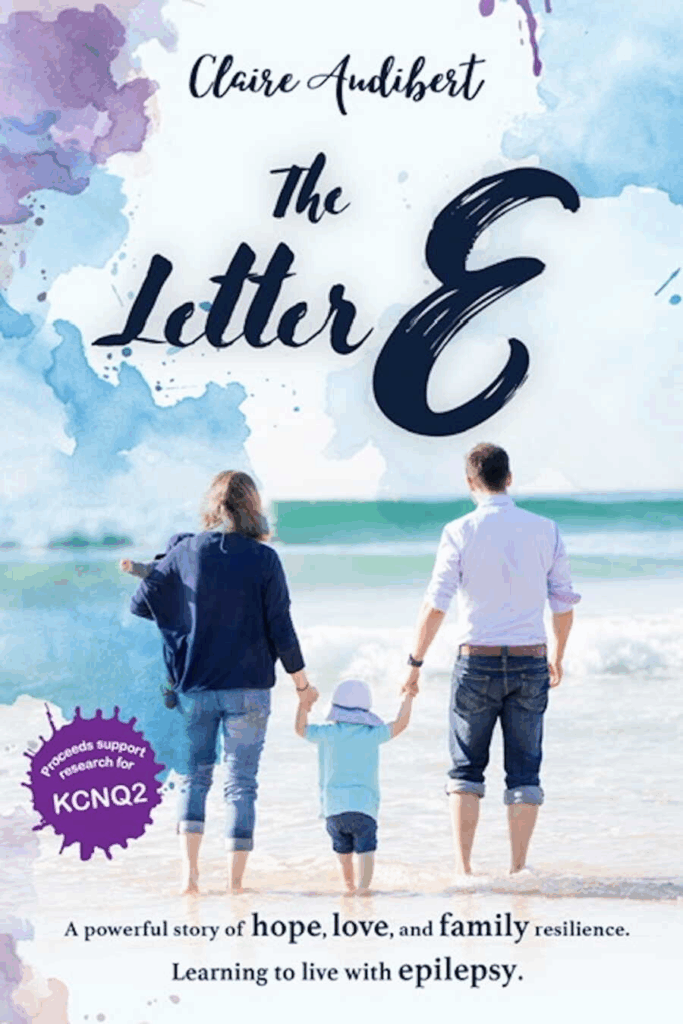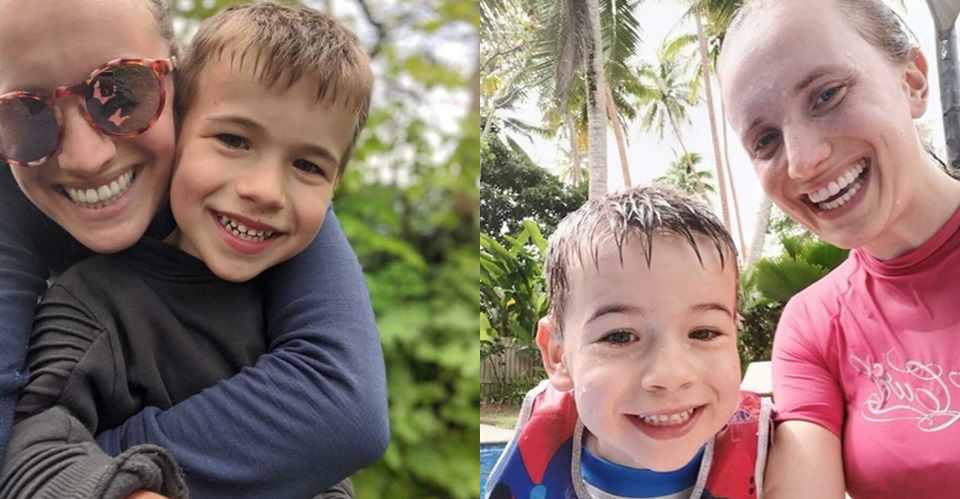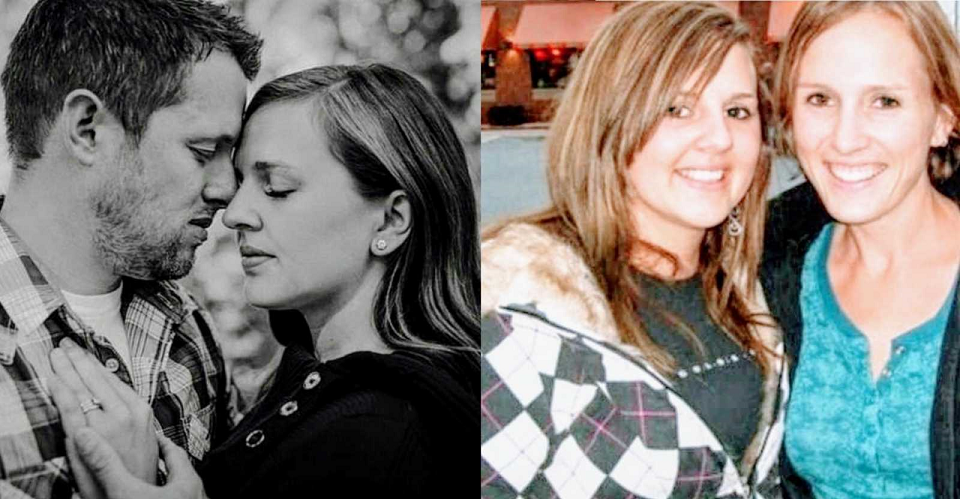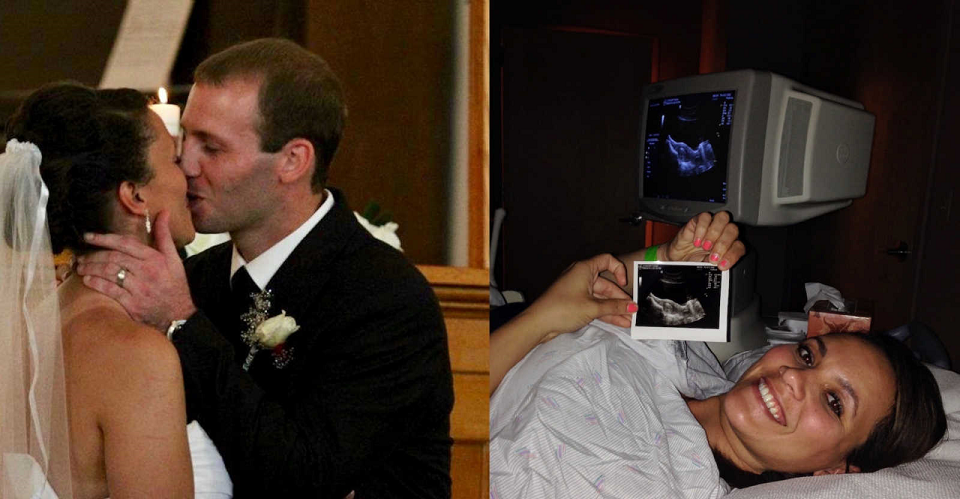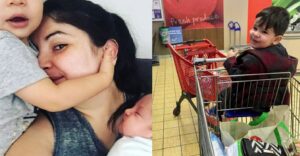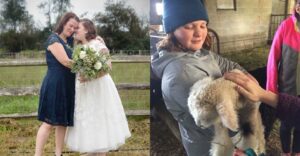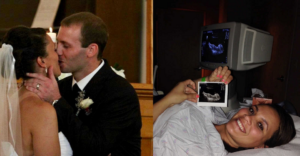When life rewrote their plan, they rewrote their story, turning fear into love, and love into a lifeline for others. Claire and her husband dreamed of a noisy backyard full of kids. They met in Paris, moved to Sydney, and built a life there, became citizens, planned for three children, and waited for their first baby with all the usual excitement.
The delivery was long and scary; doctors rushed in to help Claire after heavy bleeding, and while she recovered, her husband cradled their newborn son, Eliott. Moments later, he noticed something was wrong. Eliott’s tiny body went stiff, an arm shot upward, and his face turned red. No one yet knew it was the beginning of a life with epilepsy. By morning, Eliott was in the NICU. Wires, scans, lumbar punctures, test after test searched for an answer while seizures kept coming. Many anti-seizure medicines failed. Hearing the words “seizures” and “epilepsy” felt like stepping into a storm with no map; they didn’t even know what to fear yet.
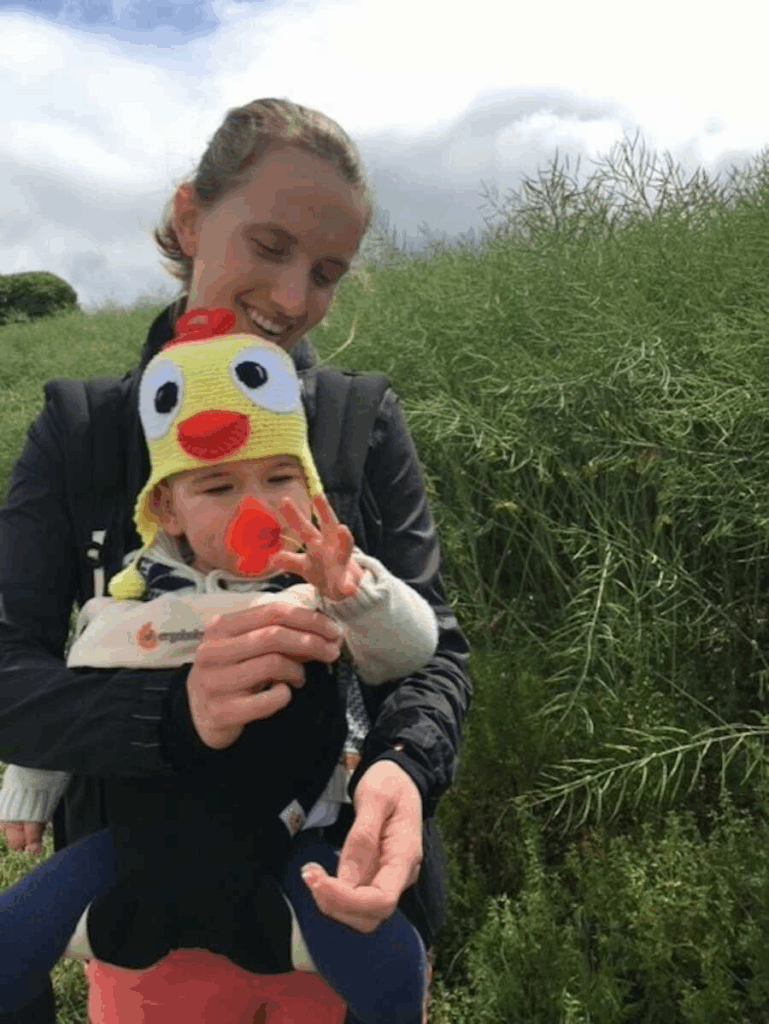
Doctors warned they might go home with a newborn having 10-15 seizures a day. After two weeks, a new medication was tried, and for the first time, silence. The seizures stopped within hours. The suspected cause was so rare it didn’t have a familiar name, only a gene: KCNQ2.
The first year became a carousel of hospital corridors and appointments. Fevers could trigger more seizures, and at six months, Eliott slipped into status epilepticus, continuous seizures for about an hour. It was the longest hour of Claire’s life. Thankfully, they were already in the hospital. Fifteen months in, genetic testing confirmed a de novo mutation in KCNQ2. It wasn’t inherited; it was, as someone bluntly put it, “bad luck.” The words gave no comfort.
When Claire was pregnant again, they faced an impossible choice. They were told the mutation was unlikely to repeat, but the only way to know was an invasive fetal test that carried a risk of miscarriage. They chose to test because the thought of two children with the same condition felt overwhelming. The result was clear: their second son, Oscar, was born healthy in April 2017.
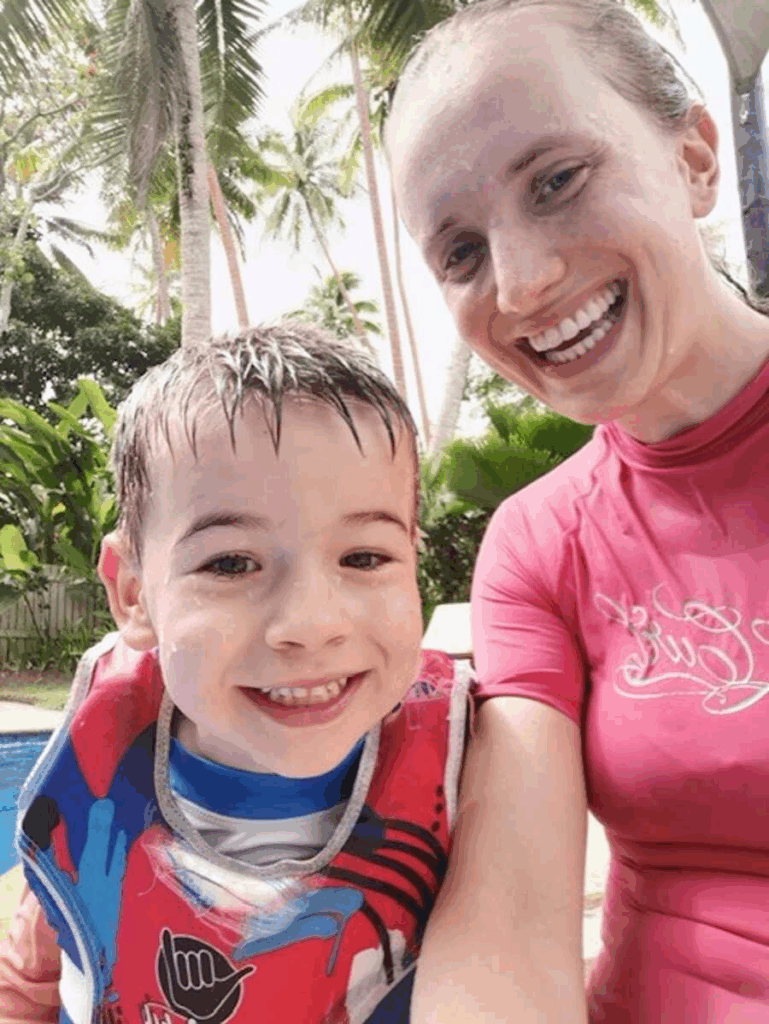
Life was good and hard at once. Eliott is a sunny, affectionate boy who loves cuddles and says, “I love you.” He also has ADHD and autism. His gross motor skills are okay, but his fine motor skills and communication remain tough. He needs help to dress and still wears diapers at night. Independence isn’t close yet, so care is constant. The family’s original dream looks different now, but their home is full of warmth and laughter. In the early years, Claire searched for a book that spoke to parents like her, something personal and plain-spoken, not a medical manual. She couldn’t find it, so she wrote it.
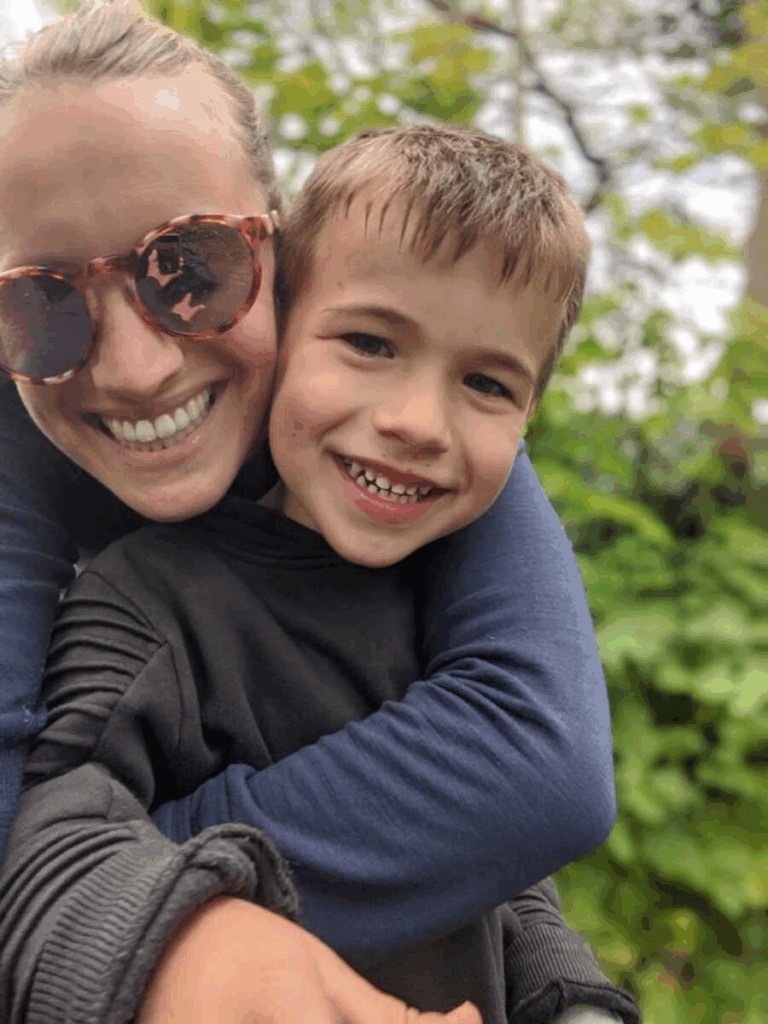
The letter E tells their story in two voices, hers and Eliott’s, honest and light where it can be, unflinching where it must be. It’s a hand to hold for families walking a similar path and a window for friends, teachers, colleagues, and clinicians who want to understand daily life with complex needs.
Claire also decided that part of the book’s profit would go to KCNQ2 Cure Alliance, because research is hope made practical. At its heart, this was not just a medical story; it’s a family finding new shapes for love, making room for uncertainty, and choosing connection, one day at a time.
